 Much was made of the “project” undertaken by Rafael Benitez during his six-year reign at Liverpool. He implemented a top-to-bottom overhaul of the whole club, from the senior side down to the youth development program. His vision was to ensure uniformity: each tier of the playing staff were coached in the same manner – the youth and reserve sides handled by Jose Segura and Rodolfo Borrell, respectively – played the same formation and tactics, and each player had a clearly defined role, designed not just to improve them but to drill them to perform for this club. Everyone knew what was expected of them, at whichever level they were playing. We were a compact side that pressed high up the pitch. Even the harshest critics of zonal marking cannot deny that Benitez’s Liverpool had a philosophy, which it demonstrated – for good and bad – every time the team stepped out on the field of play.
Much was made of the “project” undertaken by Rafael Benitez during his six-year reign at Liverpool. He implemented a top-to-bottom overhaul of the whole club, from the senior side down to the youth development program. His vision was to ensure uniformity: each tier of the playing staff were coached in the same manner – the youth and reserve sides handled by Jose Segura and Rodolfo Borrell, respectively – played the same formation and tactics, and each player had a clearly defined role, designed not just to improve them but to drill them to perform for this club. Everyone knew what was expected of them, at whichever level they were playing. We were a compact side that pressed high up the pitch. Even the harshest critics of zonal marking cannot deny that Benitez’s Liverpool had a philosophy, which it demonstrated – for good and bad – every time the team stepped out on the field of play.
When Kenny Dalglish stepped in as manager during the latter half of the 2011/12 season he took an underachieving team – recently stifled by the conservative tactics and complacent mentality of mid-table journeyman Roy Hodgson – and gifted them the freedom and confidence to pass, move, and flourish as a team, compared, flatteringly, to the Liverpool sides of the Eighties. After a gloomy six months, during which the football and the future of the club in general was looking increasingly bleak, Liverpool fans came to recognise a positive style and philosophy to the team’s approach under Dalglish, one in which the likes of Dirk Kuyt, Maxi Rodriguez, and Luis Suarez thrived, and one that was meant to have been supplemented by reinforcements during the Summer.

Dalglish – aided by director of football strategy Damien Comolli – paid over £40 million combined for Stewart Downing, Jordan Henderson, and Charlie Adam. The midfield trio, Comolli proclaimed, possessed some of the best chance creation statistics in the Premier League – Downing with his crosses from the left wing, Adam with his penetrating through balls and incisive set-piece delivery, and Henderson providing simple but intelligent forward passes – and would be adding these qualities to our team. But, who would be tasked with converting these heralded chances into goals? Kuyt’s goalscoring record outside of Holland is respectable if not spectacular – for Liverpool, his guile and workrate has lead to him scoring some vital goals, but often in spurts rather than the regularity one would expect from a striker, which is why he is often utilised on the right wing. Suarez, for all his wizardry and sublime skill, is too eccentric to be relied upon as an orthodox finisher. His game is played between the lines, creating chances from nothing, leaving defenders in his wake, yet again crying out for a classic Number 9 to compliment him. Which brings us to the (white) elephant in the room.
After costing a fee of £35 million in January 2011, Andy Carroll was thought to be that player, but both his form and appearances – with a possible correlation between the two – have been sporadic. Come April 2012, to say that the jury is still out on him is generous. Yet it is unfair to blame Carroll solely – all three of our midfield creators have suffered poor form. Too often, the likes of Henderson, Downing and Adam – the new additions that were meant to help the team progress – look as though they don’t know what their role in the team is. None of them have fulfilled expectations, but the longer that continues the more blame can be hurled at Dalglish. Downing, although versatile if needed, is a traditional left-winger, yet he has been played inside-left, on the right, or as a withdrawn forward as part of a front three, and has often looked lost. Yet Downing, despite underperforming, has provided both width and crosses from his favoured left-wing on occasion. Unfortunately, not many of those have coincided with the presence of Carroll, the man meant to apply the finishing touch to them. Andy Carroll may have a role to play in this Liverpool side, but it is a shame that he has not been afforded the opportunity to confirm this; surely he is as baffled as others as to why he was dropped after a number of promising performances recently, though not as much as Liverpool’s forgotten man: I can only imagine how baffled Maxi Rodriguez must be at being the perennial benchwarmer, especially as his peers are so blatantly underperforming.
 Even factoring in the loss of Lucas, Agger, and Johnson to injury – which would be to the detriment of any side trying to plug such gaps – it’s tough to tell exactly why certain players are being fielded out of position. As Agger’s right-sided centreback partner, Martin Skrtel has had his strongest season in a red shirt. So why, after Agger’s injury, was he shifted to the left side to accommodate Jamie Carragher? His performances seem to have suffered because of it, and unnecessarily so considering Carragher’s versatility – a straight swap of Carragher for Agger seems more logical. Cite Henderson on the right wing, Steven Gerrard as a holding midfielder, or Maxi cast as Sir Not Appearing In This Game, and the confusing team selections begin to compound.
Even factoring in the loss of Lucas, Agger, and Johnson to injury – which would be to the detriment of any side trying to plug such gaps – it’s tough to tell exactly why certain players are being fielded out of position. As Agger’s right-sided centreback partner, Martin Skrtel has had his strongest season in a red shirt. So why, after Agger’s injury, was he shifted to the left side to accommodate Jamie Carragher? His performances seem to have suffered because of it, and unnecessarily so considering Carragher’s versatility – a straight swap of Carragher for Agger seems more logical. Cite Henderson on the right wing, Steven Gerrard as a holding midfielder, or Maxi cast as Sir Not Appearing In This Game, and the confusing team selections begin to compound.
One thing Dalglish’s team is, though, is predictable. Liverpool are so easy to stifle, and every team in the league knows it. Put two banks of four, sitting deep, in front of this Liverpool side and they are usually nullified. As a reaction, cue the habitual ten-minute, desperate rush at the end of each half to score (or, more recently, equalise). It has been well documented this season that our chance conversion rate is the worst in the league: these panicked bombardments are one of the reasons why that is so. What follows is the perpetuated myth that the losses and draws Liverpool have suffered this season can be put down to bad luck, illustrated by our chance creation or possession stats. A month-long goal drought might be bad luck, but extend that to eight months and the problem becomes endemic: missing the goal from two yards out – as Kuyt did during the game against Aston Villa at home – is not enough to justify deserving victory. We scraped a draw against Villa. In other circumstances, that could be something to build on, to at least end a run of defeats. But what exactly are we building? Who, out of any of us, can pinpoint this team’s philosophy, if it even exists?
During Dalglish’s first four months in charge we could see a system and style, and it was working. He was a stabilising influence on the team, and there was even the suggestion that it could evolve and develop. Eleven months on, we see a team floundering, lacking in direction, unrecognisable from the side who demolished Manchester City, Birmingham, Newcastle, and Fulham so comprehensively last season. Who is at fault? Are Liverpool’s players failing to implement Dalglish’s instructions – an argument starkly personified by the talented-yet-footballingly-dumb Charlie Adam – or are they flailing wildly in roles they are ill-suited to – Stewart Downing being exhibit A, B, and C in this instance? We may only be fit to judge this at the apex of Kenny’s vision for the club. Whether he reaches that point, or even has a vision, are questions that, frustratingly, remain unanswered.

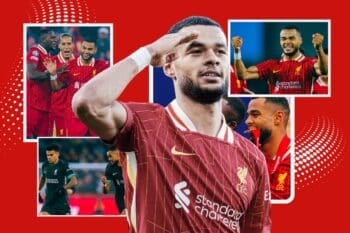


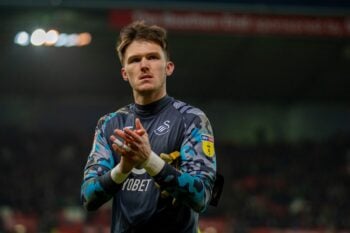


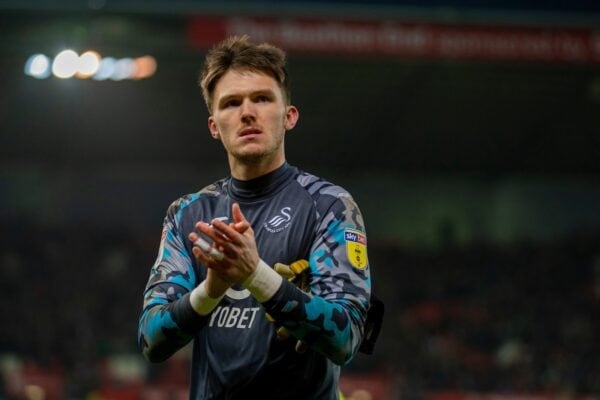




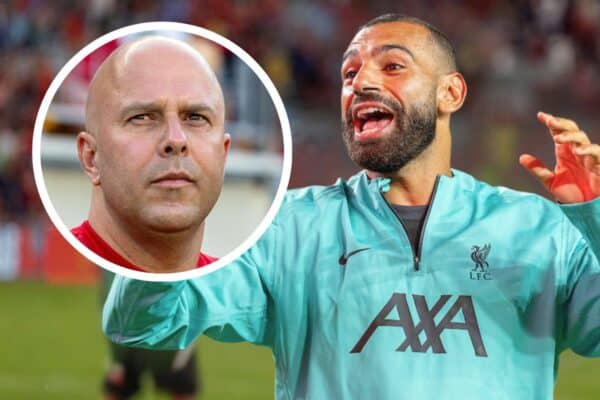


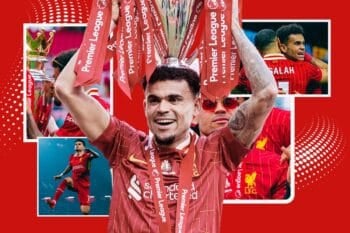

Fan Comments